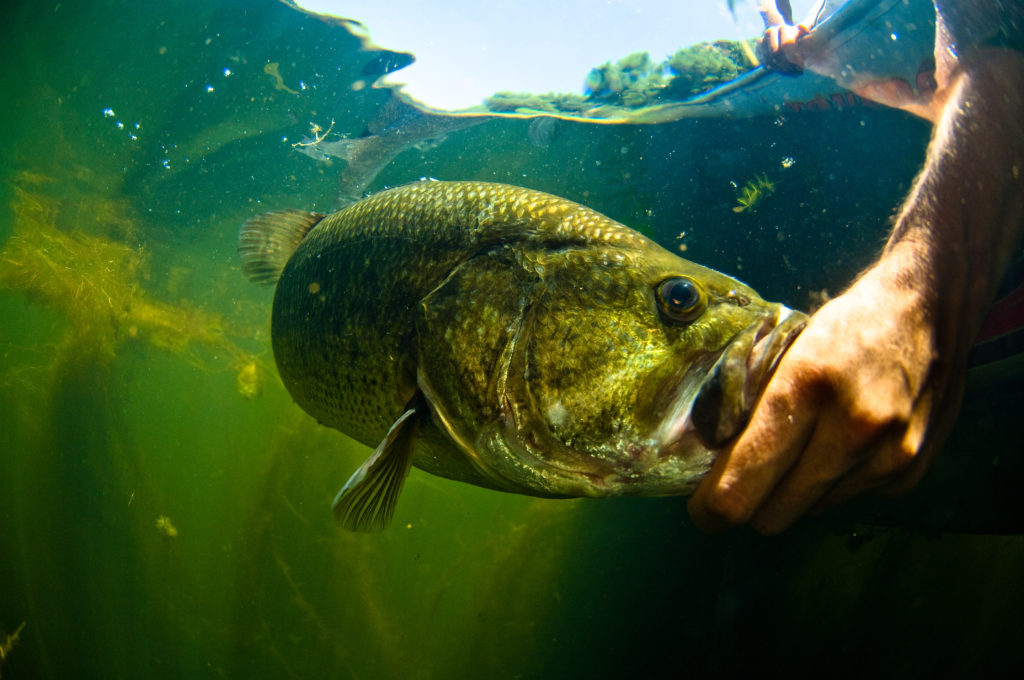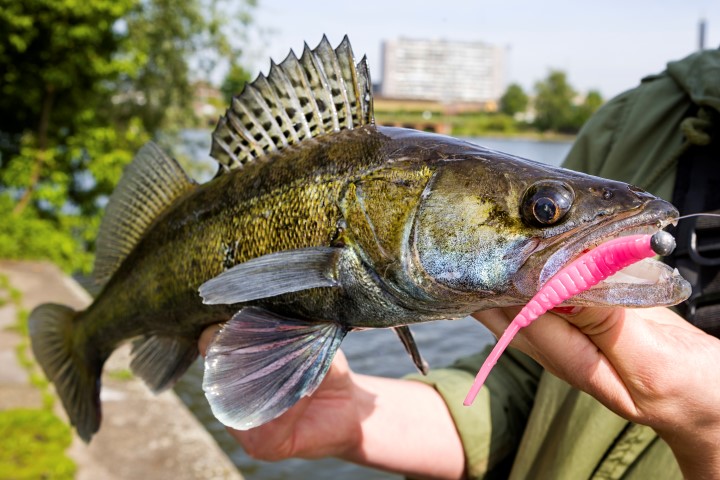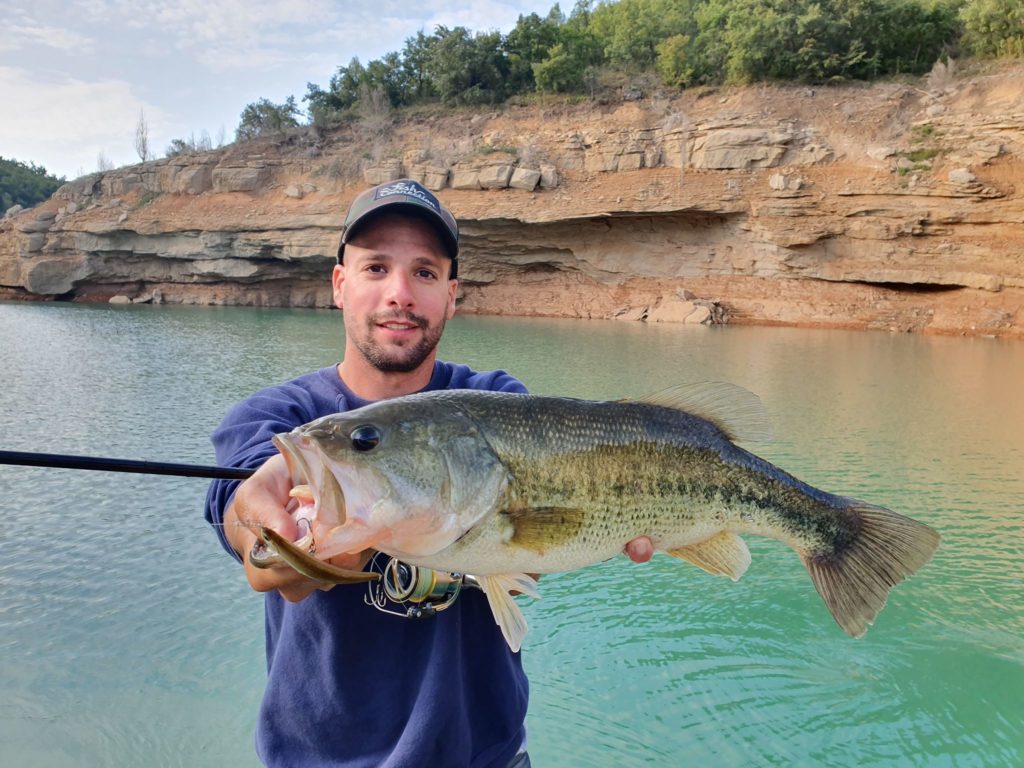
Surface lure fishing is one of the most fun and entertaining forms of fishing there is. What more could you ask for than visual, adrenalin-fuelled, story-telling fishing? Seeing a fish rise from the depths and explode your lure is a sensation that's hard to describe. Using a surface lure can also be a very effective way of catching big fish in the heat of the summer. To help you succeed with your surface lure fishing, we've come up with a range of tips to help you detail the different lures that make up this family and give you the appropriate advice. So here's everything you need to know about surface lure fishing and this category of lure.
Stickbait: The leading surface lure in the category
The stickbait is the most popular and best-known surface lure in this category. As the name suggests, a stickbait is a rod-shaped lure that can be cast long distances and retrieved by applying a series of successive pulls on the rod. Some stickbaits are made from balsa wood, but most are plastic. Most have hollow bodies with balls inside. This creates noise, or allows the head to float upwards when at rest.
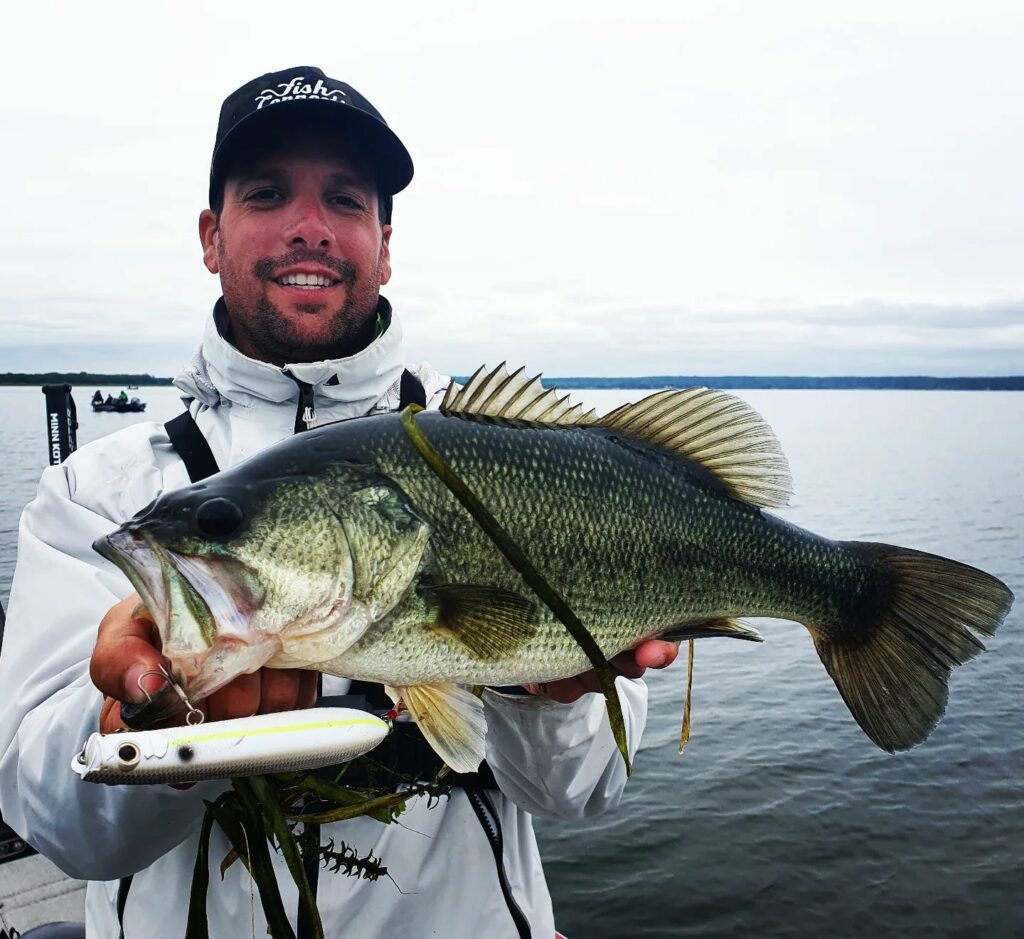
When you animate a stickbait, It glides across the water from right to left in a sinuous pattern known as "walking the dog". This specific animation attracts predators from a distance and provokes short-range attacks.
This surface lure covers a lot of water because it can be cast so far and retrieved so quickly. On the other hand, it can also be used to focus on a particular spot (a gap in the water, for example) by fishing slowly or stopping the animation completely. We've lost count of the number of fish caught when the lure was completely stopped. The stickait is an excellent surface lure for working over flooded bushes and grass or along riprap.
Here are some of the best stickbaits on the market in our opinion:
- Lucky Craft Sammy
- Xorus Asturias
- Illex Bonnie
- Yo-Zuri 3Db Pencil
- OSP Bent Minnow
- Heddon Super Spook
- Evergreen Showerblows
The popper: A surface lure with an iconic profile
A popper is a small, conical surface lure, sculpted or moulded, with a concave mouth. This feature is designed to create a "pop" that attracts fish from a distance, encouraging them to approach and attack the lure.
Popper animation is very simple. It consists of making small dry pulls on the rod tip on a semi-loose line. Thanks to the shape of its mouth, the popper creates eddies and emits a "pop" sound as it splashes on the surface. This special feature is a real lover of black bass, perch and pike.
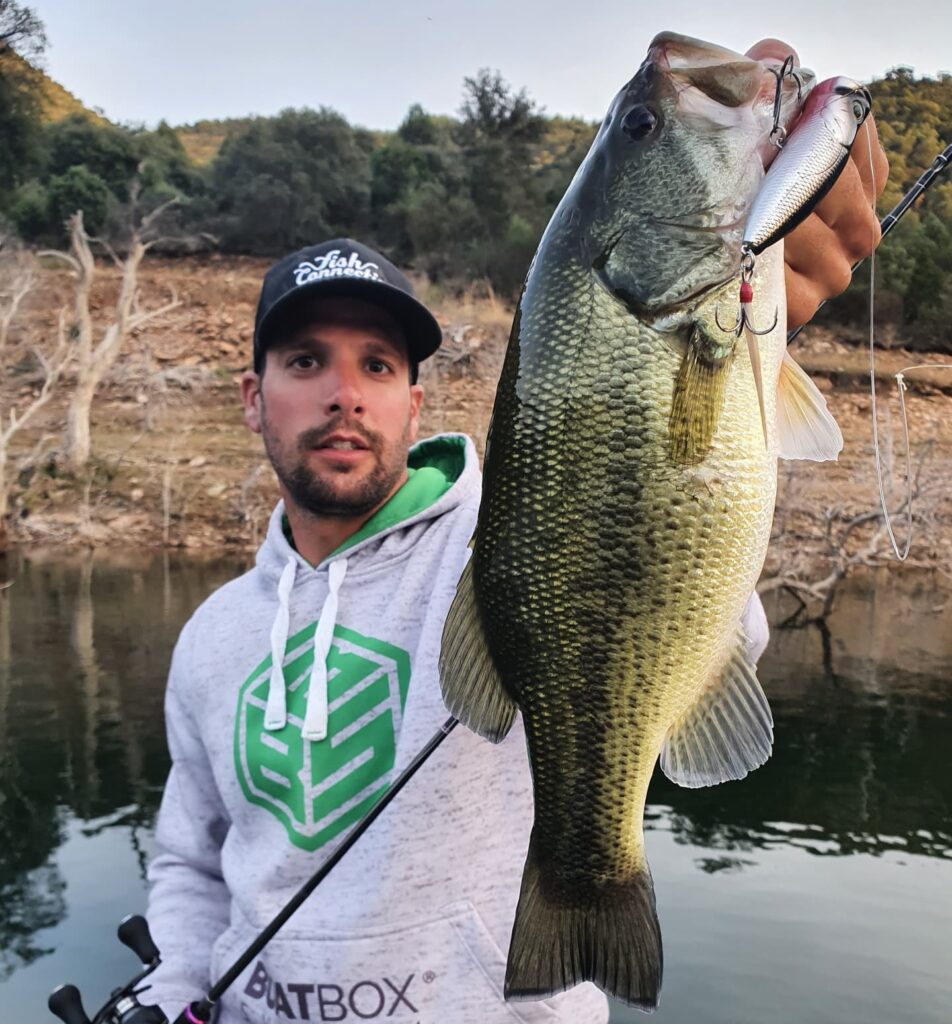
This surface lure works very well in the clear water, in restricted areas, around shallow cover such as wood, grass or even pontoons.
Here are some of the best poppers on the market in our opinion:
Buzzbait: The noisiest topwater
The buzzbait is the loudest surface lure in its class. A buzzbait consists of a metal arm around which a single or double helix, itself made of aluminium, turns. At the other end is a hook covered with a silicone skirt like a spinnerbait. On retrieve, the propeller turns on itself and emits turbulence and slapping sounds as it sprays water onto the surface. All you have to do to get that buzzing effect is bring your lure back into line by adjusting the animation speed.
The noise of this surface lure is a real aggressor for predators and generally triggers violent surface attacks. The buzzbait is a classic for black bass. However, it is also very effective for surface fishing for pike.
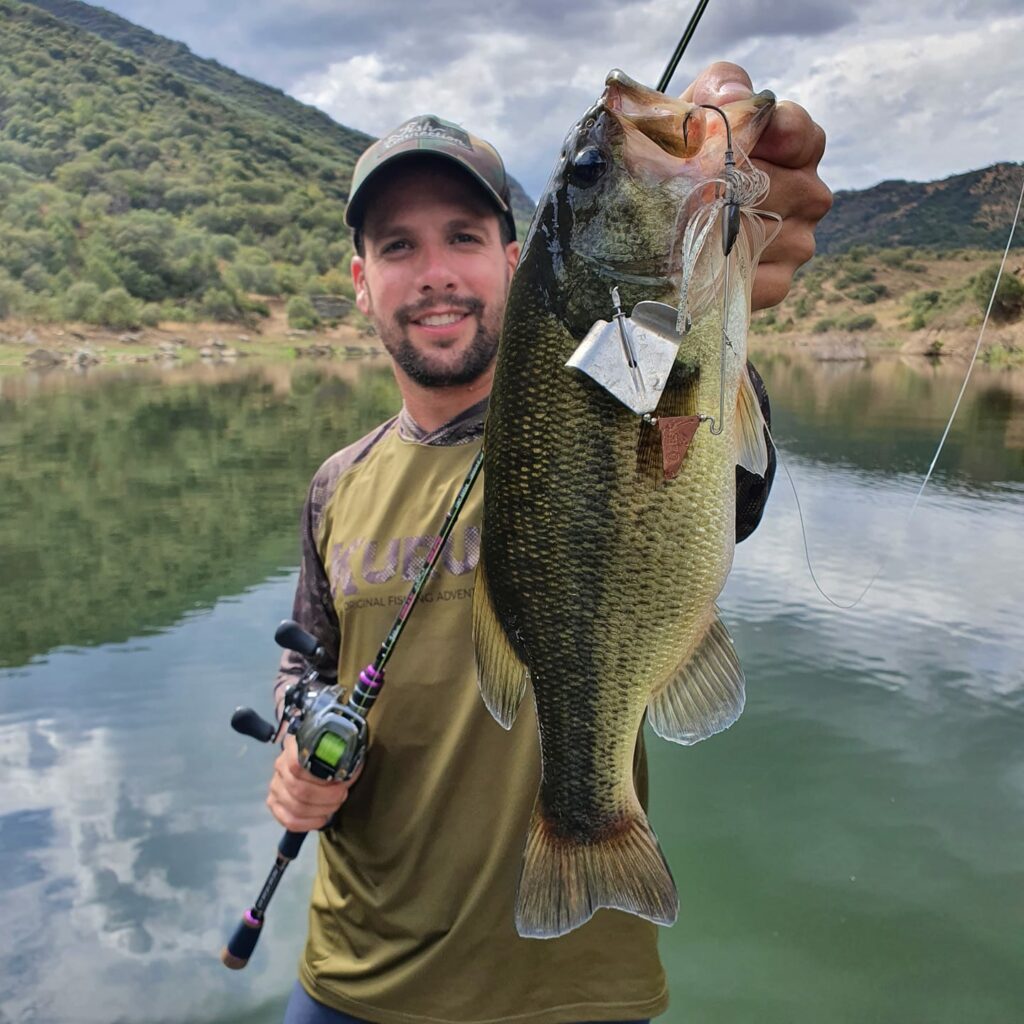
The buzzbait is a very good prospecting lure. It allows you to cover long distances quickly and often attracts attacks from larger than average fish. Once you've spotted them with a buzzbait, and if the buzzbaits aren't very effective, you can switch to more discreet surface lures. Much less well known than the spinnerbait, the buzzbait is a lure you shouldn't hesitate to use in summer.
Here are some of the best buzzbaits on the market in our opinion:
Propbait: The propeller-driven surface lure
A propbait is a surface lure with one or more propellers. These are usually placed on the back, the front or both. Those at the rear can also have rotating butt sections that make the lure plunge into the water like a buzzbait at very slow speed. They can be long and thin, short and thick, or larger.
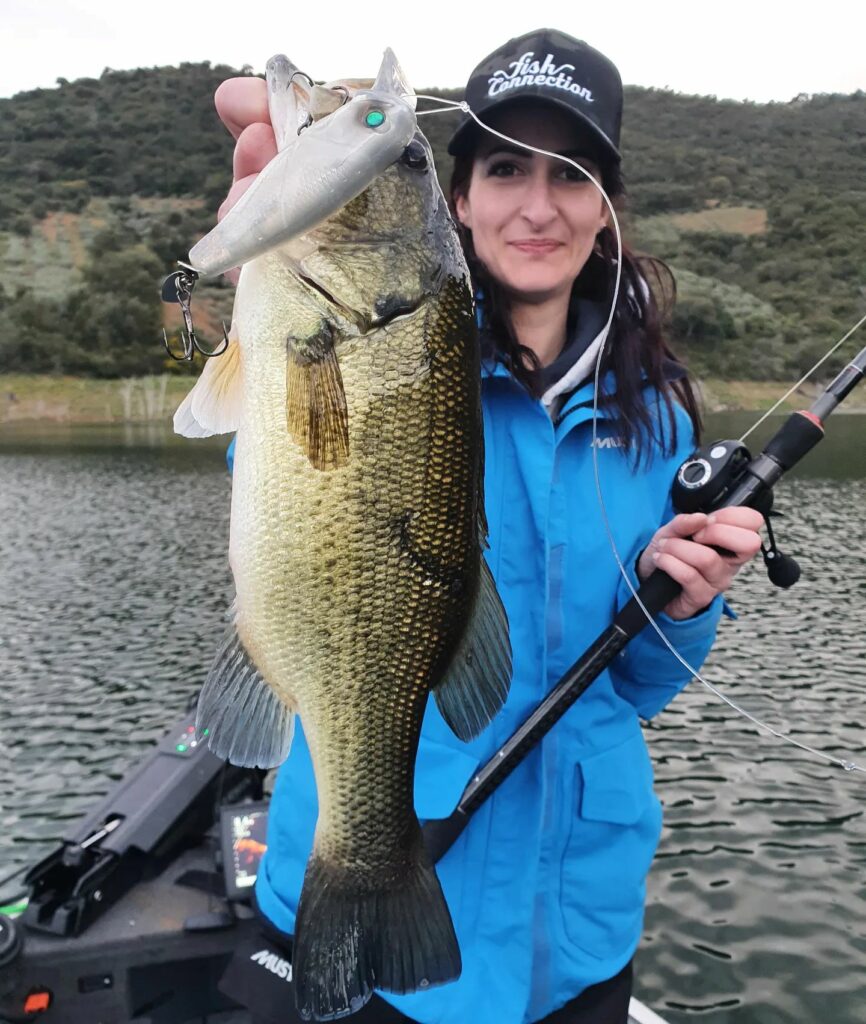
These lures can cover a lot of water and attract fish from very far away. We particularly like to use them in summer at dusk or in the early hours of the morning when the light is still very low.
Here are some of the best propbaits on the market in our opinion:
The crawler: A UFO in the world of surface lures
The crawler is a surface lure still unknown to many anglers. This lure is a imitation of a large insect. It is equipped with a concave deflector on the front part of its body or metal wings that cause it to move out of alignment on its sides, making a lot of noise underwater.
The action is similar to that of a propbait with numerous long pauses. Initially designed for black bass fishing, it is also finding favour with surface pike anglers.
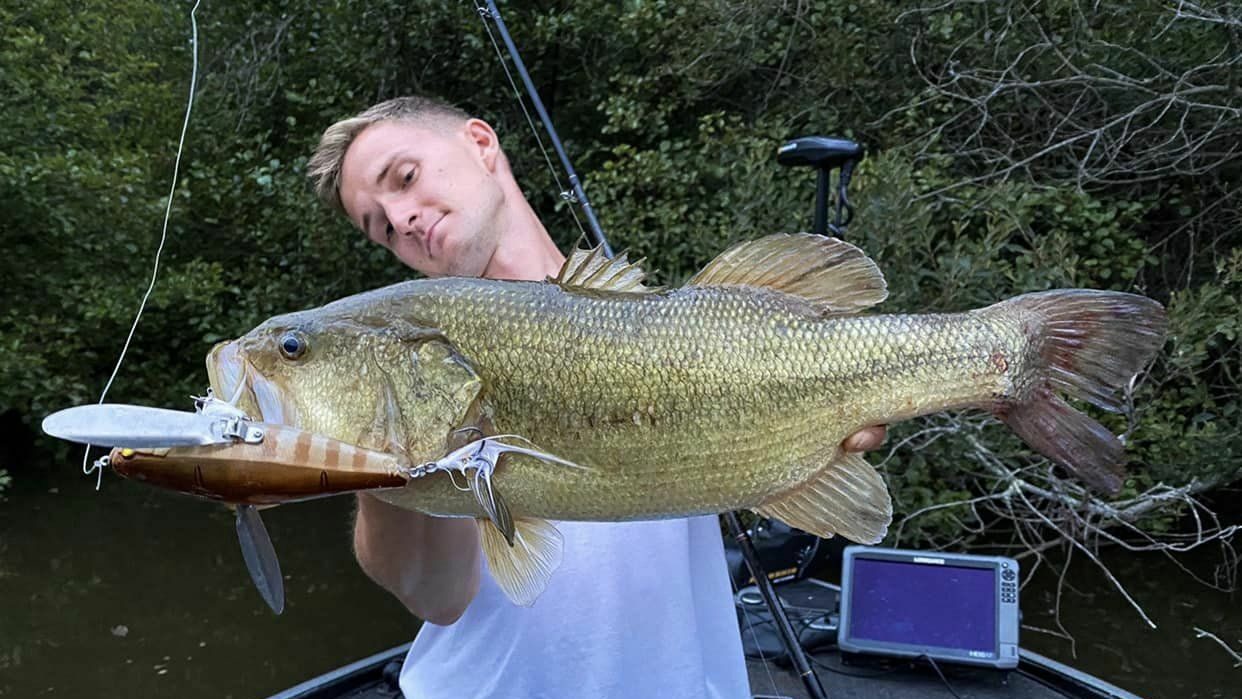
The frog: A must for surface fishing in midsummer
The frog is a A must-have surface lure for summer fishing because it goes where other lures won't. Whether you're fishing compact grass beds, lily pads, dense bushes, overhanging trees or simply grass along the bank, the frog will adapt to any situation!
Frog or frog-like lures generally have a hollow plastic body. This body conforms to the shape of the hook, which is then completely protected and can easily pass through vegetation. Conversely, when the predator attacks your lure, the pressure of the jaw uncovers the lure, allowing the hook to be struck.
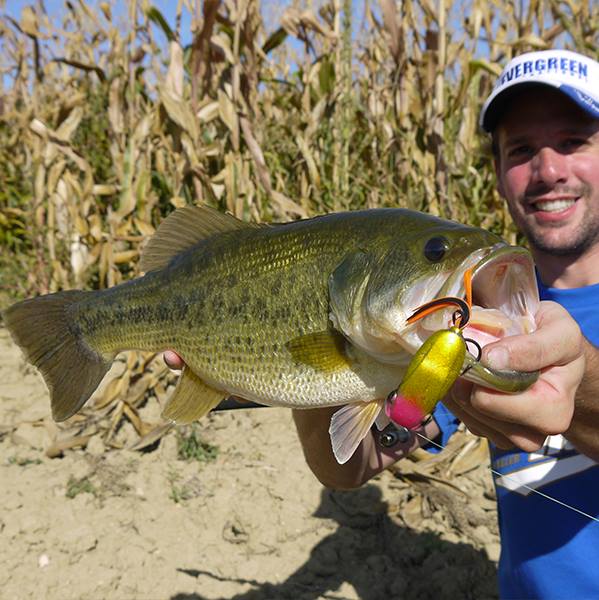
Here are some of the best frogs on the market in our opinion:
What equipment should you use for surface lure fishing?
Here are three recommendations we can give you in terms of rod, reel and line configurations for surface fishing. Of course, you can get by with a good all-round rod, such as an MH. However, having a few options allows you to maximise all the particularities associated with each lure.
For poppers, stickbaits and buzzbaits, we generally use a Medium-powered rod with a length of 6.5″ and a lighter line such as a 15-pound monofilament. In our view, this means we can adapt to any situation.
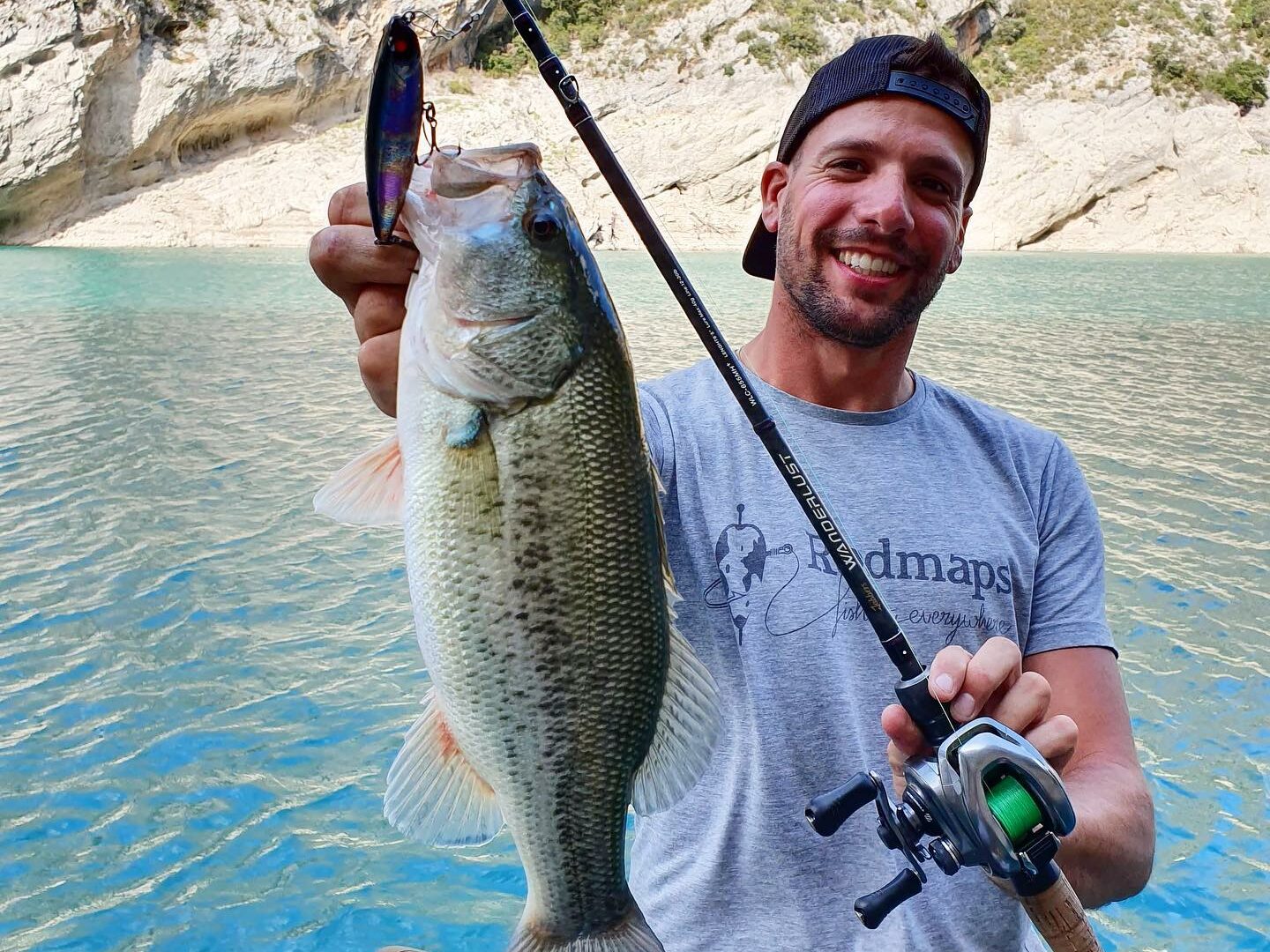
Fishing with a frog is generally done in very crowded areas, you'll need more powerful equipment than the average. This is because you will need to fight your fish through a lot of vegetation obstacles, which requires a lot of pull and resistance on your line if a lot of vegetation is dragged along with the fish. A low-action rod and nylon will make things much more difficult. For frog fishing, we like a MH to H power rod from 7″ to 7.4″. Personally, I like to use 65 lbs braids to keep the line easy to manage and the frog easy to clear of plants.
Useful links to complete this article:
10 essential lures for perch fishing
10 soft lures for pike fishing
Our 10 key soft lures for bass fishing
Our 10 essential lures for bass fishing
Opening to fishing in 2025: All opening dates by species

